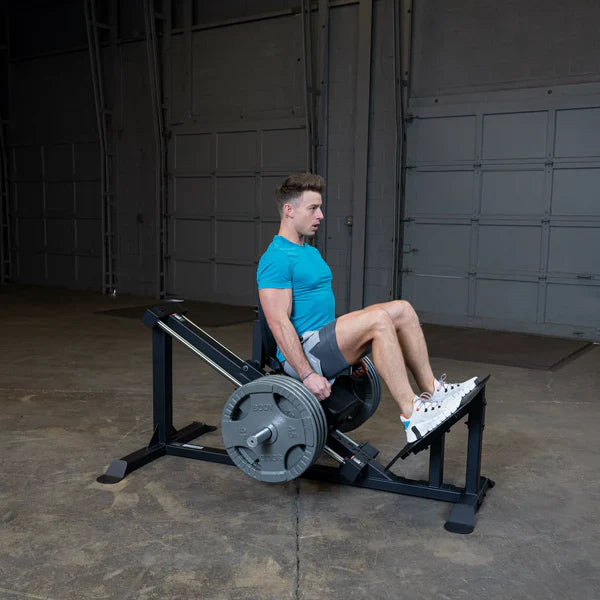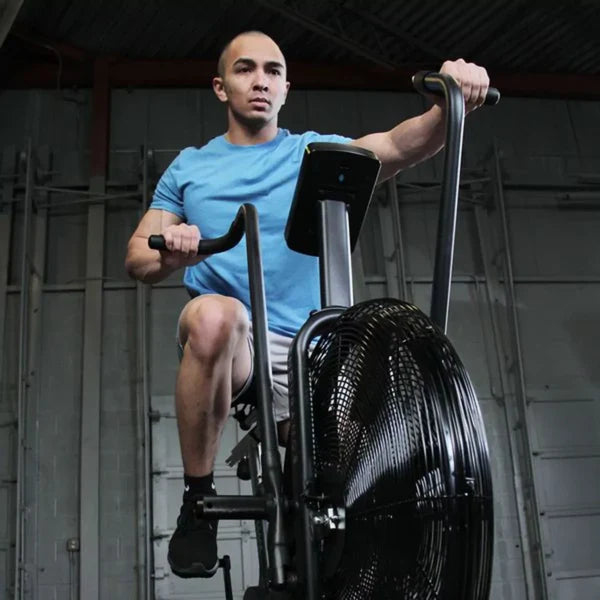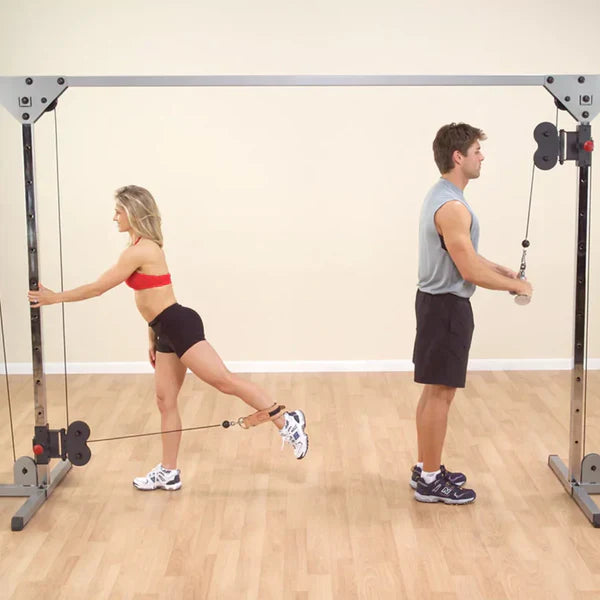If you’ve been building your home gym, chances are you’ve considered the usual suspects: dumbbells, resistance bands, maybe even a squat rack. But one piece of equipment often overlooked—yet highly effective—is the leg press. Whether you’re aiming to build serious lower body strength or just want a low-impact way to train your legs, the leg press could be your secret weapon.
In this article, we’ll explore leg press benefits, why it’s worth the investment, how to choose the best leg press for home gym setups, and how to create an effective leg press workout routine at home.
What is a Leg Press?
A leg press is a strength training machine that targets your quadriceps, hamstrings, glutes, and calves. Unlike free-weight squats, where you stabilize the weight yourself, the leg press allows you to sit or recline while pushing weight away from your body using your legs. The movement is guided by the machine’s rails or levers, reducing the need for balance and allowing you to focus on pure leg power.
Key Leg Press Benefits
Before we dive into home gym recommendations, let’s break down why adding a leg press machine could be worth it.
1. Targeted Muscle Development
The leg press isolates the lower body, making it perfect for building muscle strength and size. By adjusting your foot placement, you can emphasize different muscles—wider stances for glutes, higher foot placement for hamstrings, and lower placement for quads.
2. Joint-Friendly Training
For people with back or knee issues, squats can sometimes be uncomfortable. The leg press offers a more stable, controlled motion that can reduce strain on your joints while still delivering muscle growth.
3. Progressive Overload Made Easy
Adding more resistance on a leg press is straightforward—just load the plates or adjust the machine’s weight stack. This makes tracking your progress simpler compared to free weights, where balance and form can limit how much weight you use.
4. Safety for Solo Training
When you’re working out at home without a spotter, safety is crucial. The leg press lets you push heavy loads without fear of being pinned under a barbell.
5. Time-Efficient Workouts
Because it’s easy to load and adjust, the leg press can help you fit in a powerful leg workout in less time—a huge plus for busy schedules.
Why the Leg Press is Perfect for a Home Gym
You might think leg press machines are too bulky for home use, but modern designs have evolved. Compact, foldable, and vertical models make it easier than ever to fit one into a spare room, garage, or basement. Here’s why it belongs in your home setup:
-
Versatility: Many leg press machines can also double as hack squat machines, giving you multiple exercises in one.
-
Space Optimization: Vertical leg press models take up less space than traditional gym machines.
-
Consistent Resistance: No matter the weather or gym crowd, you can train your legs at any time.
Choosing the Best Leg Press for Home Gym Use
If you’ve decided to add one to your setup, here’s what to look for when choosing the best leg press for home gym training.
1. Type of Leg Press Machine
-
Horizontal Leg Press: Great for beginners, offering a more comfortable seated position.
-
45-Degree Leg Press: The most common gym-style model, perfect for heavy lifting.
-
Vertical Leg Press: The most space-saving option, though it requires a bit more flexibility.
2. Weight Capacity
Make sure the machine can handle more weight than you currently lift. This ensures you won’t outgrow it as you get stronger.
3. Foot Plate Size
A larger foot plate gives you more variety in foot placement, allowing for different muscle emphasis.
4. Cushioning and Build Quality
Look for comfortable padding, a sturdy steel frame, and smooth gliding motion. These make workouts more comfortable and equipment more durable.
5. Price vs. Features
High-end models often include hack squat capabilities, adjustable angles, and heavier load capacity. Balance your budget with your training needs.
Leg Press Workout Routine at Home
Once you’ve got your machine, it’s time to put it to work. Here’s a leg press workout routine at home to build strength and size in your lower body.
Warm-Up:
-
5–10 minutes of light cardio (stationary bike, jump rope)
-
Bodyweight squats and lunges (2 sets of 15 reps each)
Main Workout:
-
Standard Leg Press – 4 sets of 10–12 reps
-
Feet shoulder-width apart to target quads and glutes.
-
-
High Foot Placement Leg Press – 3 sets of 8–10 reps
-
Emphasizes hamstrings and glutes.
-
-
Narrow Stance Leg Press – 3 sets of 12–15 reps
-
Isolates quads for definition.
-
-
Calf Press on Leg Press Machine – 4 sets of 15–20 reps
-
Keep your legs straight and press with your toes.
-
Cool-Down:
-
Hamstring stretches
-
Quad stretches
-
Foam rolling
Pro Tip: Keep rest times between 60–90 seconds for hypertrophy (muscle growth) and 2–3 minutes for strength training.
Maximizing Results with the Leg Press
Here are a few tips to make the most of your home leg press workouts:
-
Control the Tempo: Lower the weight slowly for 3–4 seconds, then press back explosively.
-
Don’t Lock Your Knees: Keep a slight bend to protect your joints.
-
Mix Foot Placements: Change foot width and height every few weeks for balanced development.
-
Progress Gradually: Increase weight or reps over time for consistent gains.
Common Mistakes to Avoid
Even though the leg press is safer than many free-weight moves, mistakes can still happen:
-
Too Much Weight: Lifting excessively heavy loads can compromise form and strain your knees or lower back.
-
Partial Range of Motion: Going too shallow limits muscle activation.
-
Bouncing at the Bottom: This can stress your joints and reduce tension on the muscles.
-
Lifting Your Hips: Keep your back flat against the seat to avoid injury.
Final Thoughts
If you want stronger legs, better performance, and a well-rounded physique, the leg press deserves a spot in your home gym. Its safety, versatility, and ability to isolate key muscles make it ideal for beginners and advanced lifters alike.
Choosing the best leg press for home gym use means looking at space, weight capacity, and comfort features. Once it’s in place, follow a structured leg press workout routine at home and apply progressive overload to see lasting results.
From muscle growth to joint-friendly training, the leg press benefits speak for themselves—so if you’ve been on the fence, now might be the perfect time to press forward (pun intended) and invest in one.





